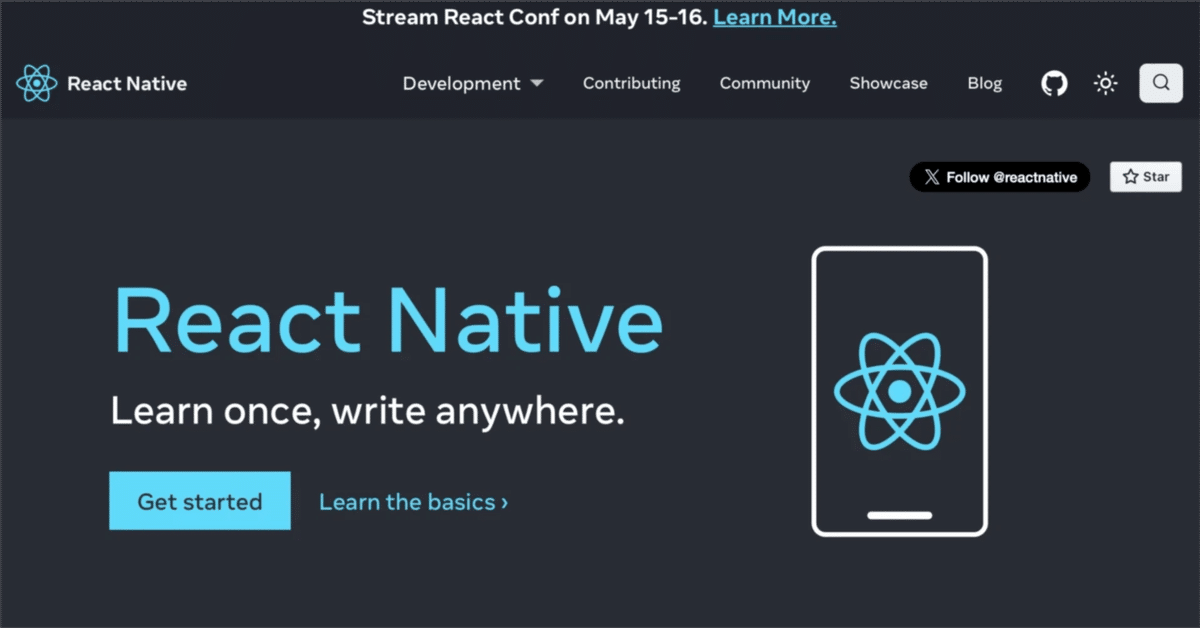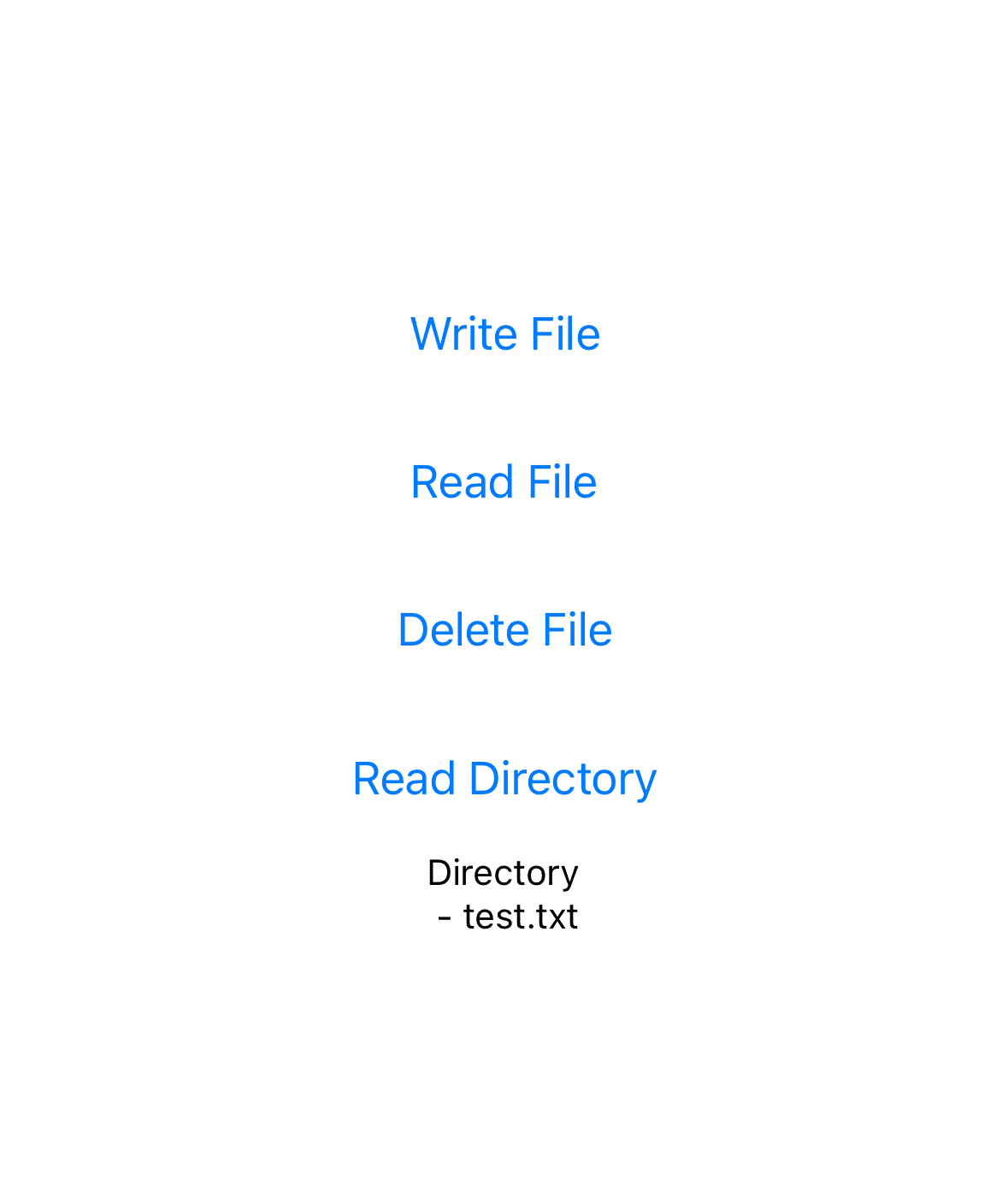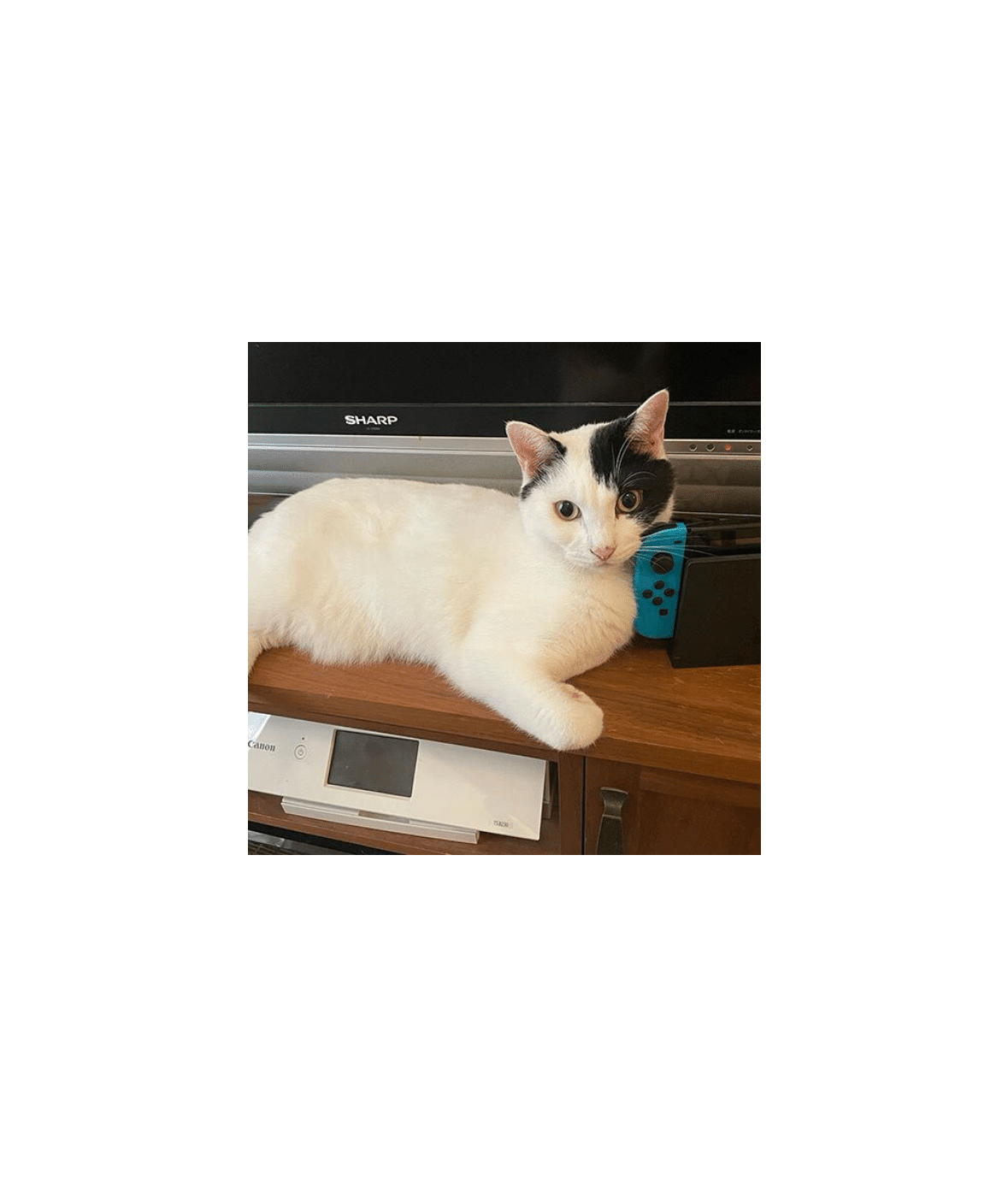
React Native の expo-file-system の使い方
「React Native」の「expo-file-system」の使い方をまとめました。
前回
1. expo-file-system
「expo-file-system」は、「React Native」アプリのファイルシステムにアクセスするためのExpoライブラリです。モバイルデバイス上のローカルストレージに対して、ファイルの読み書き、ディレクトリの作成・削除、ファイルの移動などの操作が行えます。
2. ファイルの読み書き
ファイルの読み書きの手順は、次のとおりです。
2-1. React Nativeプロジェクトの作成
(1) React Nativeプロジェクトの作成。
最新版はビルドエラーになったので、1つ前をバージョン指定しています。
npx react-native init my_app --version 0.75.3
cd my_app(2) パッケージのインストール。
npx install-expo-modules
npm install expo-file-system2-2. iOSのセットアップ
(1) podのインストール。
cd ios
pod install
cd ..(2) Xcodeで署名し、iPhoneにインストールできることを確認。
2-3. ファイルの読み書き
(1) コードの編集。
・App.tsx
import React, {useState} from 'react';
import { Button, View, Text } from 'react-native';
import * as FileSystem from 'expo-file-system';
// アプリ
const App = () => {
const [message, setMessage] = useState('');
// ファイルの書き込み
const onWriteFile = async () => {
const path = FileSystem.documentDirectory + 'test.txt';
const content = 'This is a test file';
try {
await FileSystem.writeAsStringAsync(path, content, {
encoding: FileSystem.EncodingType.UTF8,
});
setMessage('Write File\n' + content + '\n' + path);
} catch (e) {
console.log(e);
setMessage('Error');
}
};
// ファイルの読み込み
const onReadFile = async () => {
const path = FileSystem.documentDirectory + 'test.txt';
try {
const content = await FileSystem.readAsStringAsync(path, {
encoding: FileSystem.EncodingType.UTF8,
});
setMessage('Read File\n' + content + '\n' + path);
} catch (e) {
console.log(e);
setMessage('Error');
}
};
// ファイルの削除
const onDeleteFile = async () => {
const path = FileSystem.documentDirectory + 'test.txt';
try {
await FileSystem.deleteAsync(path);
setMessage('Delete File\n' + path);
} catch (e) {
console.log(e);
setMessage('Error');
}
};
// ディレクトリの読み込み
const onReadDir = async () => {
const dirPath = FileSystem.documentDirectory;
try {
if (dirPath) {
const result = await FileSystem.readDirectoryAsync(dirPath);
let messageContent = 'Directory';
result.forEach((file) => {
messageContent += `\n - ${file}`;
});
setMessage(messageContent);
}
} catch (e) {
console.log(e);
setMessage('Error');
}
};
return (
<View style={{ flex: 1, justifyContent: 'center', alignItems: 'center' }}>
<View style={{ marginVertical: 10 }}>
<Button title="Write File" onPress={onWriteFile} />
</View>
<View style={{ marginVertical: 10 }}>
<Button title="Read File" onPress={onReadFile} />
</View>
<View style={{ marginVertical: 10 }}>
<Button title="Delete File" onPress={onDeleteFile} />
</View>
<View style={{ marginVertical: 10 }}>
<Button title="Read Directory" onPress={onReadDir} />
</View>
<Text>{ message }</Text>
</View>
);
};
export default App;フォルダパスは、次のとおりです。
・FileSystem.bundleDirectory : バンドルアセットが保存されるディレクトリ
・FileSystem.cacheDirectory : 一時ファイルが保存されるディレクトリ
・FileSystem.documentDirectory : ユーザードキュメントが保存されるディレクトリ
(2) コードの実行。
npm start
3. ファイルのダウンロード
ファイルのダウンロードの手順は、次のとおりです。
(1) コードの編集。
・App.tsx
import React, { useEffect, useState } from 'react';
import { View, Image, ActivityIndicator } from 'react-native';
import * as FileSystem from 'expo-file-system';
// アプリ
const App = () => {
const [imageUri, setImageUri] = useState<string | null>(null);
const [loading, setLoading] = useState<boolean>(true);
// 初期化
useEffect(() => {
// 画像の読み込み
const loadImage = async () => {
try {
// URL
const remoteImageUri = 'https://assets.st-note.com/img/1726143192-1tzIZ38wnDCuXBphiHJge6jk.jpg';
// 画像のダウンロード
const filename = remoteImageUri.split('/').pop() || 'image.jpg';
const localUri = `${FileSystem.cacheDirectory}${filename}`;
const downloadResult = await FileSystem.downloadAsync(
remoteImageUri,
localUri
);
// ローカルURLの指定
if (downloadResult.status === 200) {
setImageUri(downloadResult.uri);
} else {
throw new Error('Download failed');
}
} catch (error) {
console.error('画像の読み込みに失敗しました:', error);
} finally {
setLoading(false);
}
};
// 画像の読み込みの実行
loadImage();
}, []);
// UI
return (
<View style={{ flex: 1, justifyContent: 'center', alignItems: 'center' }}>
{loading ? (
<ActivityIndicator size="large" color="#0000ff" />
) : (
imageUri && <Image source={{ uri: imageUri }} style={{ width: 200, height: 200 }} />
)}
</View>
);
};
export default App;(2) コードの実行。
npm start
